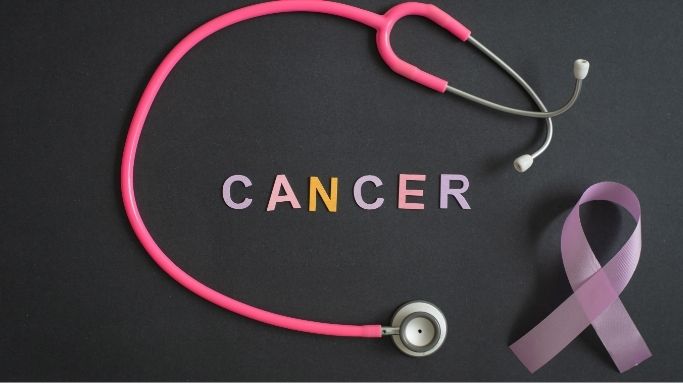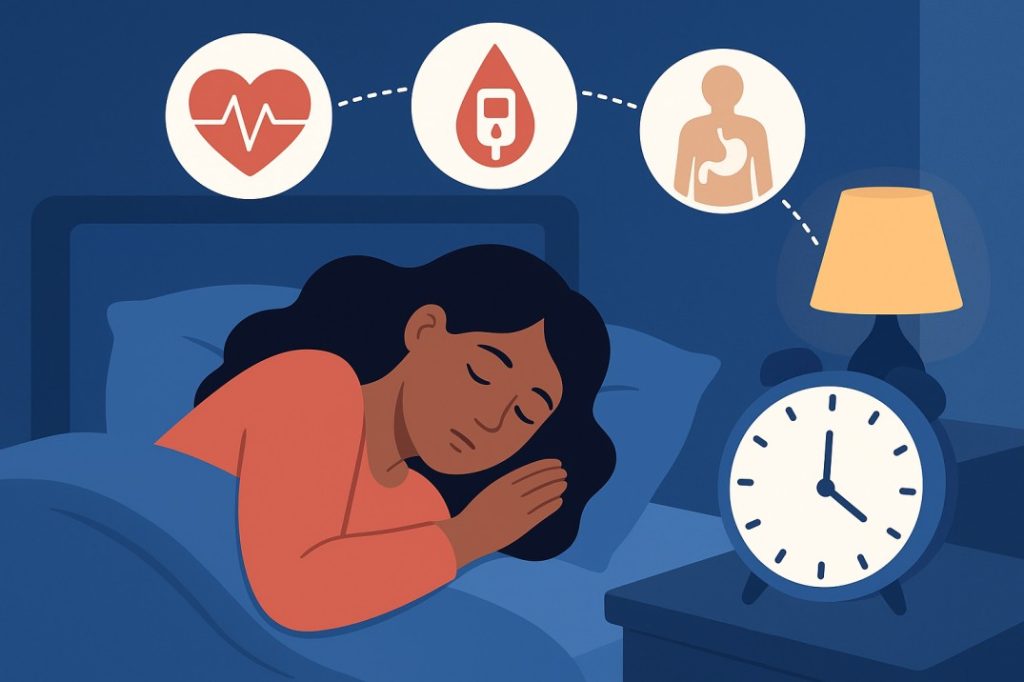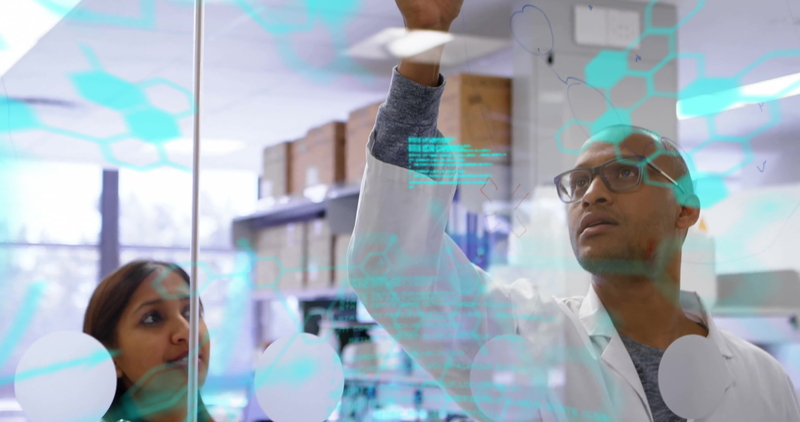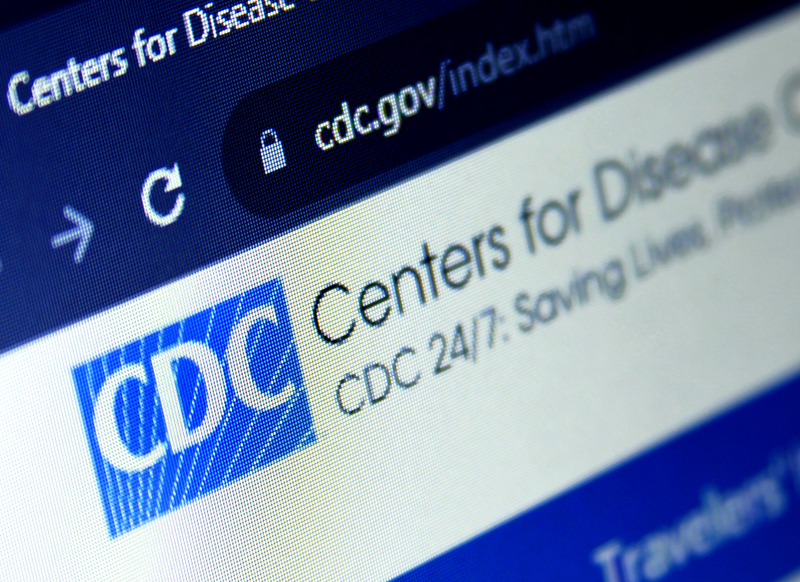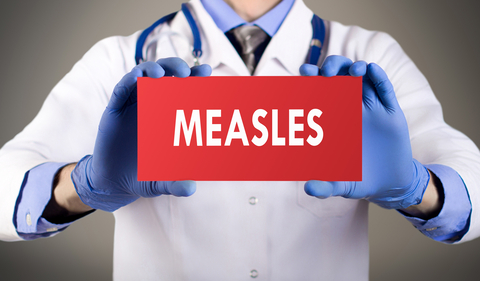- By Victor Mejia
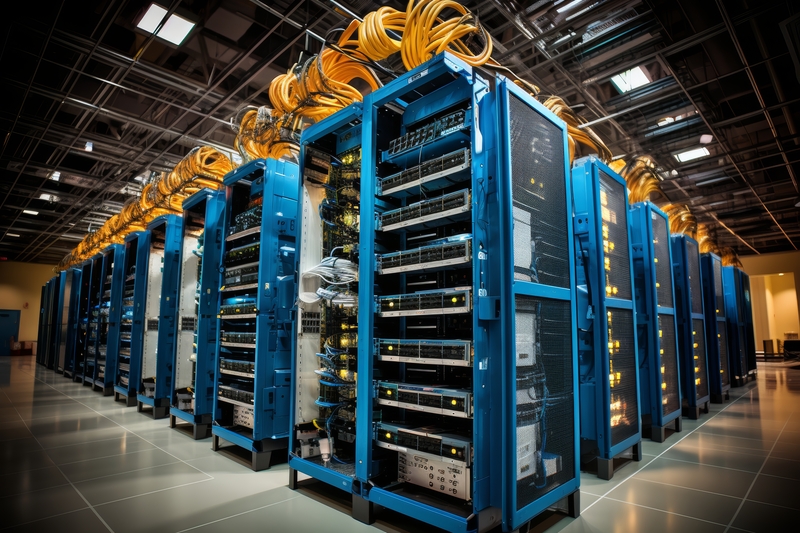
In Memphis, Tennessee, a growing conflict between rapid technological expansion and long-standing environmental justice concerns has come to a head around a new artificial intelligence supercomputing facility operated by xAI, the tech company founded by Elon Musk. The facility, known as Colossus, was constructed at extraordinary speed with the goal of powering the company’s AI model Grok and advancing wider ambitions in artificial intelligence. But community advocates say that speed came at a cost: the facility began operating without required air-quality permits or pollution controls, releasing significant emissions in a predominantly Black neighborhood already struggling with some of the highest asthma rates in the state.
The decision to locate the supercomputer in Memphis was presented to the public only after the land had been purchased and construction had begun. The building, a former Electrolux factory, offered a ready-made shell, but its existing electrical infrastructure could support only a fraction of the power needed. Rather than wait for utility upgrades, xAI installed dozens of mobile gas turbines ordinarily used for temporary or emergency power generation. Residents soon noticed unfamiliar equipment behind fences and described unusual odors drifting across South Memphis. Environmental researchers later determined that the turbines were operating at a scale far beyond what the community had been told.
Thermal imaging collected by the Southern Environmental Law Center confirmed that 33 of the 35 turbines were running, generating enough power for approximately 300,000 homes. Patrick Anderson, an attorney working on air-quality cases, said these turbines typically require air permits before operation. Public records requests to the Shelby County Health Department and the Environmental Protection Agency found no permit applications from xAI. Critics described the situation as a private power plant built overnight in an area already carrying a disproportionate share of Memphis’ toxic air releases.
Joseph Goffman, who previously ran the EPA’s air-quality office, noted that most companies expend significant effort installing pollution control equipment before beginning operations. He warned that opening a facility of this scale without safeguards treats surrounding residents as if “they don’t count.” The pollutants released from burning natural gas—nitrogen oxides, formaldehyde, and fine particulate matter—pose severe risks. Nitrogen oxides can form ground-level ozone that worsens respiratory illnesses such as asthma and chronic obstructive pulmonary disease. Formaldehyde is classified as a carcinogen, and particulate matter can enter the bloodstream and increase the risk of cardiovascular disease. Researchers estimate that the turbine array is emitting between 1,000 and 2,000 tons of nitrogen oxides per year, a pollutant load larger than any other source in Memphis.
For residents of South Memphis, the consequences are immediate and deeply personal. The neighborhood already leads the state in asthma-related emergency department visits. Families living just over a mile from Colossus describe waking up to the smell of gas and fearing it is seeping into their homes. Alexis Humphreys, who has asthma and bronchitis, said her grandfather, who did not smoke, died from COPD after repeated hospitalizations. Another resident, Easter Knox, said both she and her husband have developed COPD and described the sensation as feeling like “you’re fixin’ to die.” Community members have turned out for hearings demanding that state and local officials refuse permits for the facility and calling for transparency about its operations.
Could This Become Another Environmental Disaster Like Houston’s Fifth Ward?
For many residents, the situation evokes comparisons to Houston’s Fifth Ward, a community where decades of industrial pollution contributed to a documented cancer cluster and long-term soil contamination. Environmental advocates say the parallels are difficult to ignore. Both communities are predominantly Black, situated near industrial corridors, and historically overlooked by regulatory agencies. In each case, residents raised concerns long before regulators acknowledged the scale of environmental risk.
Public health researchers note that when pollutants such as nitrogen oxides and particulate matter accumulate in areas already burdened by chronic disease, the effects often escalate rapidly. Memphis already ranks among the cities with the highest levels of toxic air releases, and South Memphis, in particular, has been identified as a hotspot for asthma and respiratory illness. Experts warn that if emissions from the turbines continue unchecked, the neighborhood could follow the same trajectory seen in other environmental justice disaster zones: early warning signs dismissed, regulatory action delayed, and serious health consequences emerging only after years of exposure.
Residents at recent hearings have said this fear is not hypothetical but grounded in history. Community organizers argue that without immediate intervention, Memphis may look back years from now and see this moment as the point at which preventable harm could have been stopped. For neighborhoods that have already lived through generations of environmental inequity, the concern is not whether a crisis might develop but how long it will take for authorities to respond.
Despite clear Clean Air Act violations, regulatory agencies have taken no enforcement action against xAI. This silence occurs amid national political efforts to limit the EPA’s authority and roll back key air-quality protections. The head of the agency has described supporting the AI sector as part of its mission, saying it “can’t be restrictive of that.” Following a contentious community meeting in April, xAI said it would temporarily reduce turbine use. However, the company also announced plans for a second and larger data center nearby that could require as many as 90 gas turbines and enough electricity to power nearly half of Memphis.
Residents say this expansion underscores their broader fear: that South Memphis is becoming an experimental zone for energy-intensive industrial development driven by Silicon Valley’s “move fast” ethos. Activist KeShaun Pearson described the situation as a push toward a “technocracy,” warning that unchecked technological ambition could leave parts of the city overshadowed by massive data centers and lifelong health consequences for those who live beside them.
As turbines continue running and regulators remain silent, families in South Memphis are left facing uncertain air, uncertain health, and uncertain accountability. Their hope is that awareness will come before irreparable harm, not long after.
Stay Informed. Stay Empowered.
Trending Topics
Features
- Drive Toolkit
Download and distribute powerful vaccination QI resources for your community.
- Health Champions
Sign up now to support health equity and sustainable health outcomes in your community.
- Cancer Early Detection
MCED tests use a simple blood draw to screen for many kinds of cancer at once.
- PR
FYHN is a bridge connecting health information providers to BIPOC communities in a trusted environment.
- Medicare
Discover an honest look at our Medicare system.
- Alliance for Representative Clinical Trials
ARC was launched to create a network of community clinicians to diversify and bring clinical trials to communities of color and other communities that have been underrepresented.
- Reducing Patient Risk
The single most important purpose of our healthcare system is to reduce patient risk for an acute event.
- Subash Kafle
- Victor Mejia

